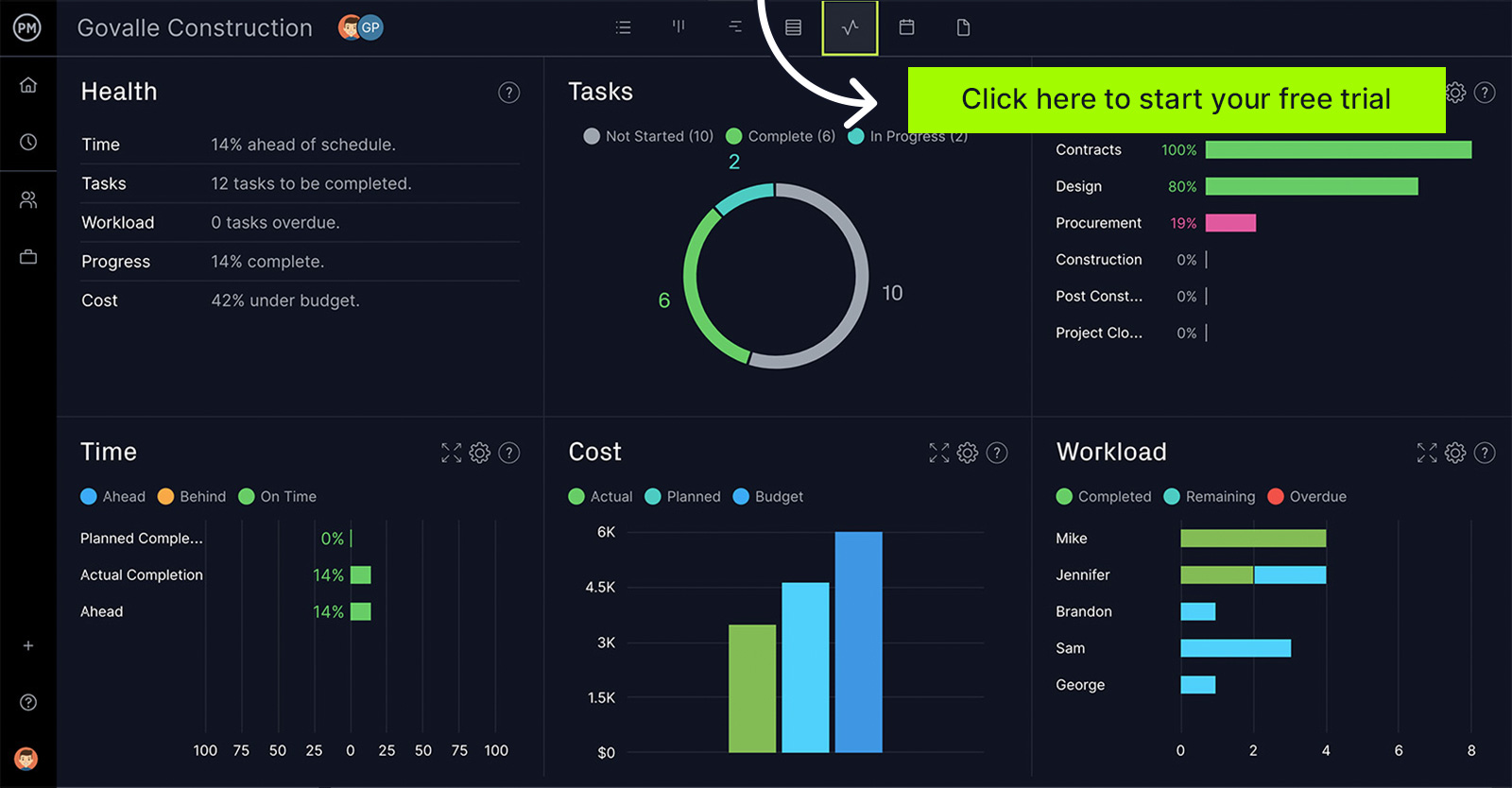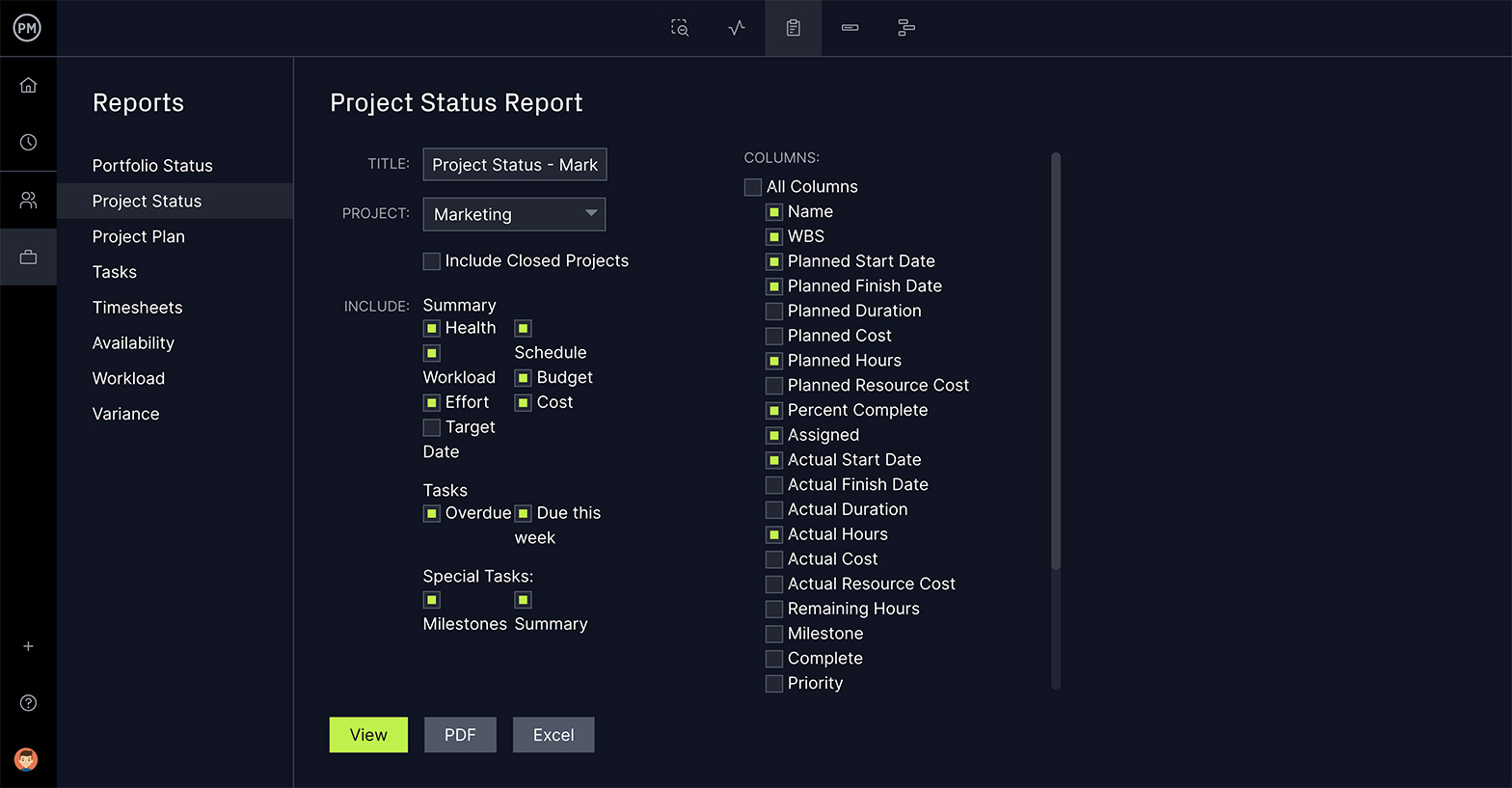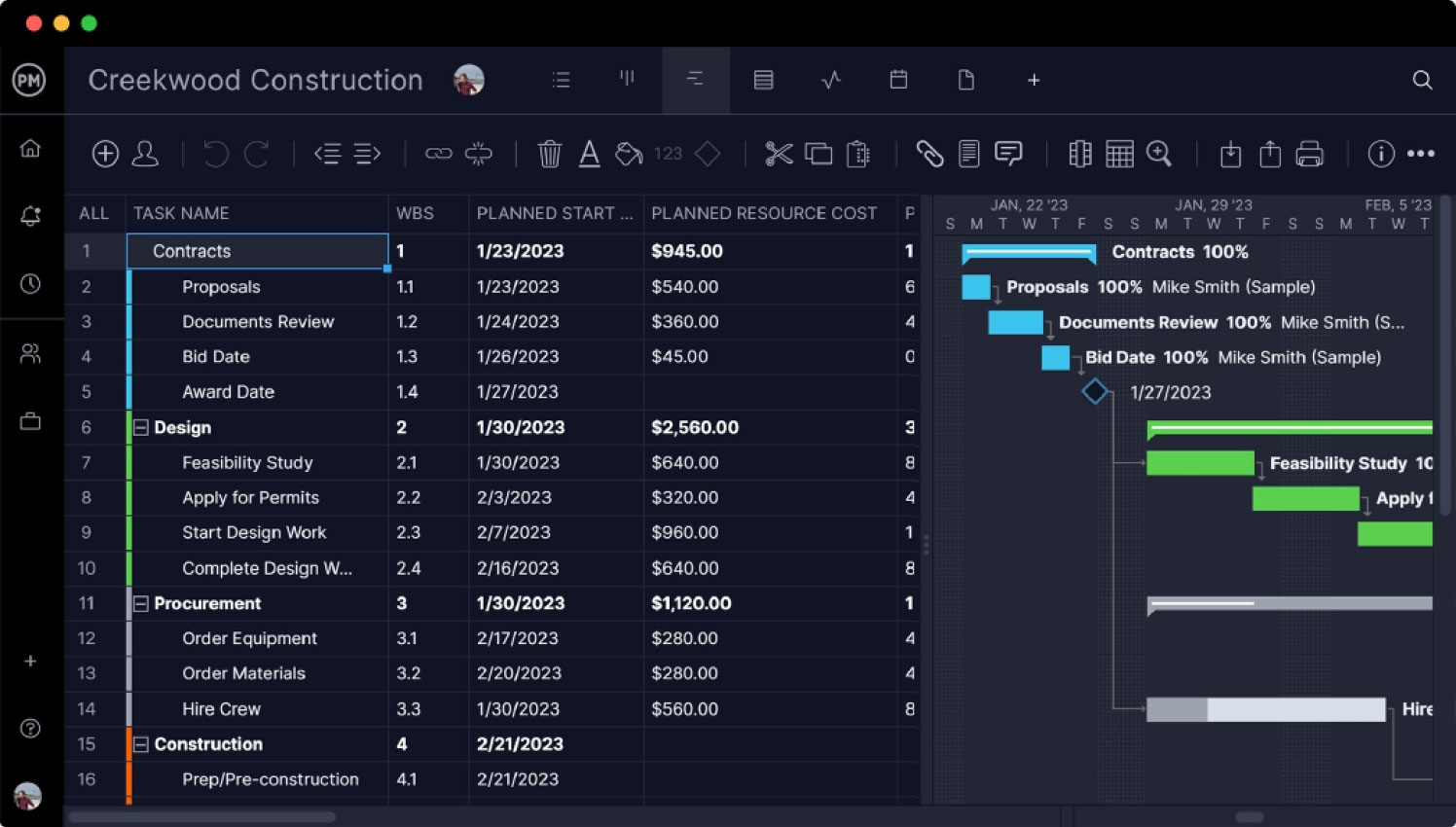Most projects are hierarchical. There’s someone at the top of the project management team who answers to the stakeholders and directs the project manager and project team. That position is called a project executive.
Of course, it’s more complicated than that, so it’s important to first define the term project executive and explain what that person does, including their main responsibilities. We’ll also help you understand what a project executive is by comparing them to the project manager.
What Is a Project Executive?
A project executive is the leader of an organization’s project management team. They’re experienced, usually with at least 10-15 years of project management and leadership roles behind them. The project executive has the final responsibility for the projects under their purview.
The project executive has support on the customer side from the senior user and on the supply side from the senior supplier. The project executive is the main decision-maker and tends to be employed for larger, more complex projects as opposed to smaller ones that don’t usually have this position.
There are other names that are sometimes used for a project executive. For example, they can be called a project owner, though they shouldn’t be confused with a product owner. Also, a project owner is used to define various roles from the project sponsor to the project champion or the owner’s project manager. For our purposes, project executive is the best title to avoid confusion.
What Does a Project Executive Do?
The project executive works at a high level and helps develop and implement the organization’s strategic planning. The project executive monitors the progress of the organization’s various projects and they’re responsible for evaluating the project team and staff.
In terms of projects, the project executive will monitor their progress and ensure they’re when they should be according to the project timeline. They do the same in terms of the budget, making certain that the project isn’t overspending and keeping track of costs to deliver the project within its budget.
The project executive communicates with the project manager and project team, informing them of staffing decisions and making sure they’re aware of project priorities. They’ll also check in with the project clients to make sure the project is meeting their expectations and specifications.
This gives you a general idea of what a project executive does. We’ll get into greater detail later, but it’s clear that project executives need to have an overview of the project’s progress. ProjectManager has real-time project dashboards and portfolio dashboards so project executives can get a high-level overview of one or many projects whenever they want to. The dashboard captures live project data and displays it in easy-to-read graphs and charts that show metrics such as time, cost and more. Unlike lightweight project management software, there’s no time-consuming setup required. Our dashboard is plug-and-play.

Main Duties and Responsibilities of a Project Executive
A project executive is responsible for many aspects of the project. One of their duties is to lead the project team through all phases of the project, from initiation through closure. They’ll also interview potential project team members when it’s necessary to fill an empty position.
The responsibilities of a project executive don’t only reside within the project team, but also with the project client and vendors. They’ll develop relationships with both to identify and leverage opportunities as they show themselves.
Back to the project, though, where many a project executive’s duties reside. They serve the client and the vendors in this regard, as well as the project team, by ensuring the project is operating on schedule and supporting the high-level business objectives of the organization.
Project Executive vs. Project Manager
A project executive and a project manager might on the surface appear to share many of the same responsibilities, but they’re two distinctly different positions in the project hierarchy. The project executive is more of a high-level position as compared to the project manager.
The project manager, on the other hand, is responsible for the daily running of the project. The project manager will monitor the project, but so does the project executive. Both are looking at how the actual progress compares to the planned progress, but the executive is also looking at the project through the lens of the organization’s strategic goals and objectives.
Another difference is that the project executive’s duty is to oversee the success of the project from its conception to its completion. Therefore, they’re included in the creation of the project plan, scheduling, organizing resources, and, as mentioned, monitoring progress. They communicate with the project stakeholders, address issues as they arise and ensure the project is completed on time and within budget.
If that sounds similar to a project manager, it is at least for a smaller project. As noted, in larger, more complex projects, these responsibilities will fall on the shoulders of the project executive, where the creation of the project timeline, assigning tasks to the team and tracking their progress will fall under the duties of the project manager.
The difference is a matter of scope. Their responsibilities differ in that a project executive is going to be involved in the project planning and decision-making process. The project manager is dealing with the day-to-day management of the project.
Project Executive Skills & Education
Project executives need many skills and education to make them applicable for an open position. Some of the skills they need are experience with industry regulatory processes and agencies.
Leadership skills are also important but difficult to identify in a job interview. But a resume or cover letter can show how post positions illustrate the candidate’s leadership skills, such as being in charge of large teams, leading projects and motivating and managing teams and stakeholders.
Another important skill for project executives is communication. They must be clear in their communication and listen as well. Organizational skills will also serve them in their position.
In terms of education, project executives tend to have advanced degrees in business administration, project management and other related fields.
Project Executive Job Description
If you’re looking to fill a project executive position or are a project executive looking for work, we’ve taken the information above and formatted it into a job description. Organizations that are looking for a qualified candidate can cut and paste the following into their job posting, editing as needed.
If you’re looking to move into a project executive position, then the following project executive job description will help you make a competitive resume. The project executive job description is broken into three sections, opening with a summary of what the organization is looking for, followed by the duties and responsibilities and ending with requirements and qualifications.
Summary
The project executive is responsible for high-level management of medium-to-large-sized projects, some short-term and others long-term. The project executive will develop the strategic goals and objectives for the organization’s projects, monitoring their progress and performance, and stepping in to resolve any issues that may arise during the project’s life cycle. The project executive will also build relationships with clients and manage their expectations.
Duties and Responsibilities
- Communicate with upper management and work on developing strategic goals and objectives
- Create a strategic plan to achieve agreed-upon strategic goals and objectives
- Manage the organization’s fiscal operating and capital budget and expenses
- Create a project plan, including work breakdown structure (WBS)
- Overseer project planning, organizing and supervising project team
- Review project documentation
- Track project progress
- Approve spending levels and plans
- Coordinate with clients to ensure satisfaction and expectations
- Follow performance metrics
- Respond to approvals and notifications
- Supervise project team through the project’s life cycle
- Communicate with stakeholders
- Responsible for hiring and filling vacancies
- Build client and vendor relationships
Requirements and Qualifications
- PMP certification preferred
- Must have at least a bachelor’s degree, but a master’s in business/administration, engineering, or project management is preferred
- At least 10 years of relevant experience
- Skills in financial operations, contract management and communication
Project Executive Salary
The salary for a project executive is dependent on skills and experience, but on average, the pay rate in the United States is between $180,000 and $230,000. The location of the position will also impact the salary. Base salary doesn’t include any bonuses, which are usually part of the benefits package offered on employment.
ProjectManager Is Ideal for Project Executive
Once you hire a project executive or get hired as a project executive, you’ll need the right project management software to do your job effectively. ProjectManager is award-winning project management software that provides project executives with the project management tools they need to make sure the projects they’re working on are delivered on time and within budget while meeting stakeholder expectations.
Manage Schedule and Resources With Powerful Gantt Charts
Project executives are responsible for planning and monitoring the project. While the project manager will be responsible for the day-to-day management of the project, the project executive is on hand as they create a project plan. Our robust Gantt charts organize all project tasks, link all four types of task dependencies to avoid costly delays and filter for the critical path to identify the essential work that must be completed to deliver the project successfully. You can also set a baseline to monitor the actual effort against the planned effort in real time to make sure the project is on track.

Customize Reports for the Data You Want to See
Dashboards are fine for a high-level view of the project, but project executives will often need to get more detail, which is when they turn to our live reporting features. Reports are easy to generate and can be filtered to show only the data you’re interested in seeing. There are reports on the status and portfolio of those project executives tasked with overseeing a portfolio or program of projects. There are also reports on workload, timesheets and more. All reports can be shared across a number of different formats and even printed for stakeholder presentations.

That’s just the tip of the iceberg. Our software has risk management features to help you identify and track issues until they’re resolved. Resource management tools allow you to allocate resources easily and always know the availability of your team when you need to assign them. Plus, use our task management features to keep teams working at capacity and productive.
Related Content
- 10 Key Project Roles & Their Responsibilities
- Top 30 Project Management Skills
- Top 10 Project Management Qualifications
- Best 12 Project Management Certifications
ProjectManager is online project management software that connects teams in the office, out in the field or anywhere in between. Share files, comment on tasks and more to foster better communication. Join teams at Avis, Nestle and Siemens who use our software to deliver successful projects. Get started with ProjectManager today for free.


